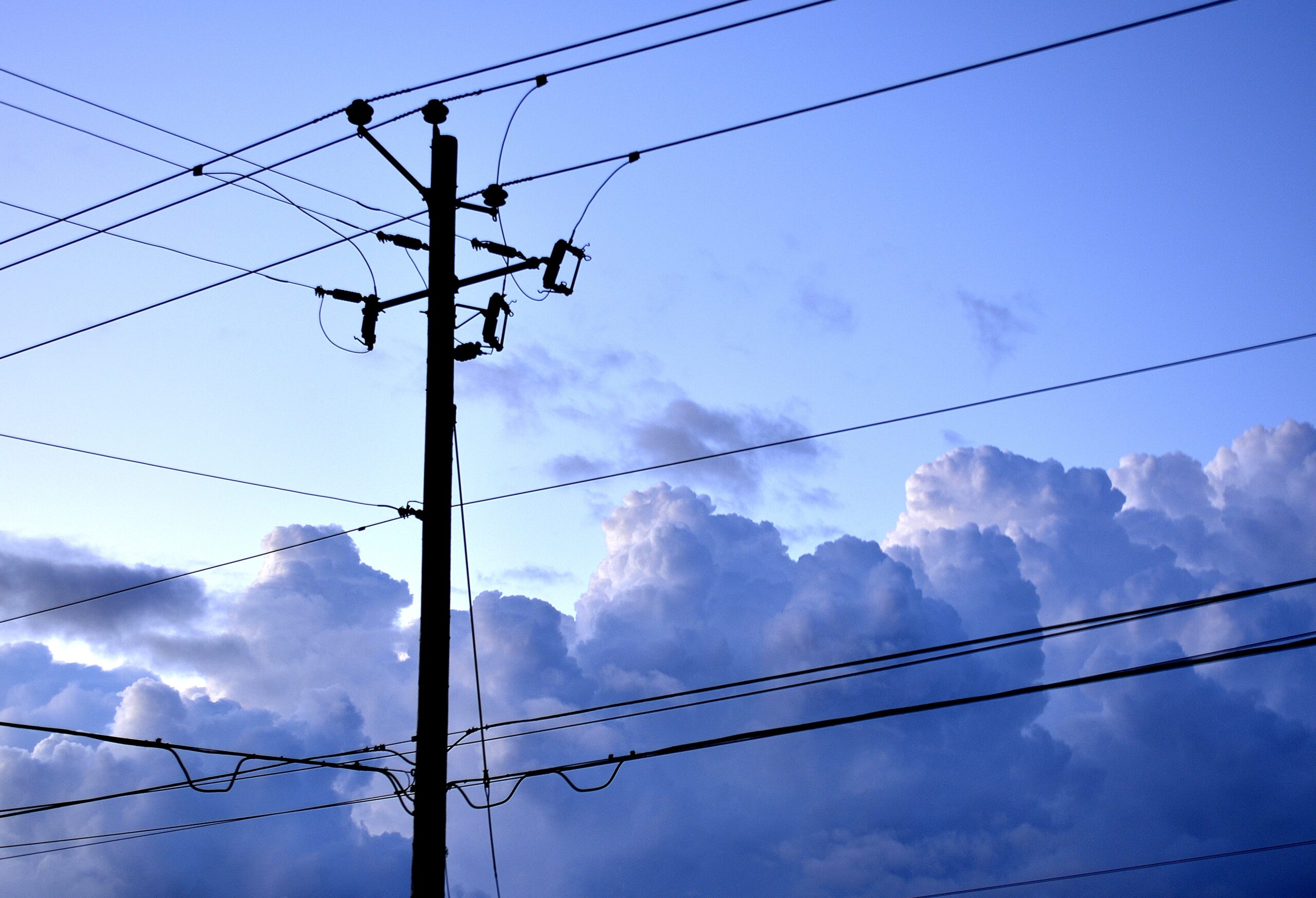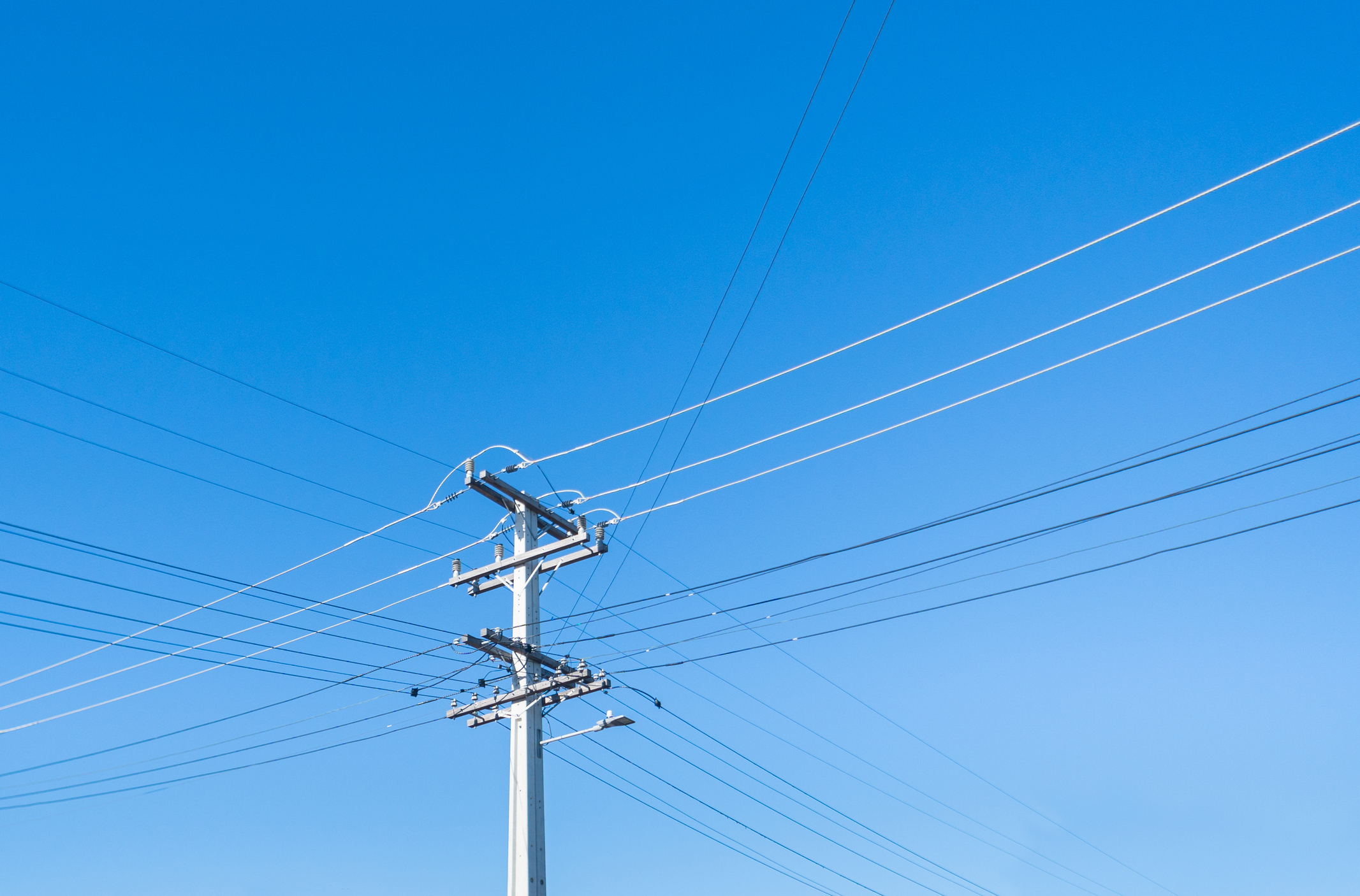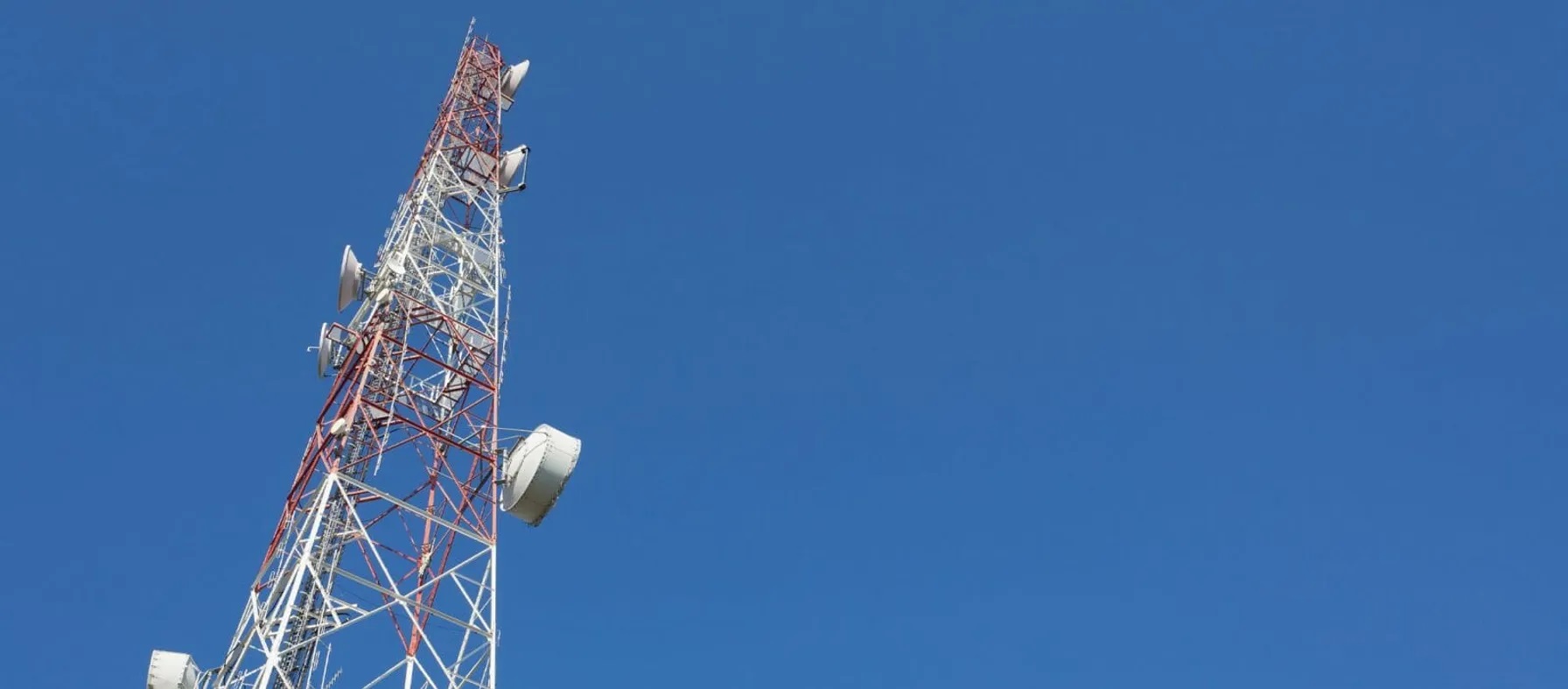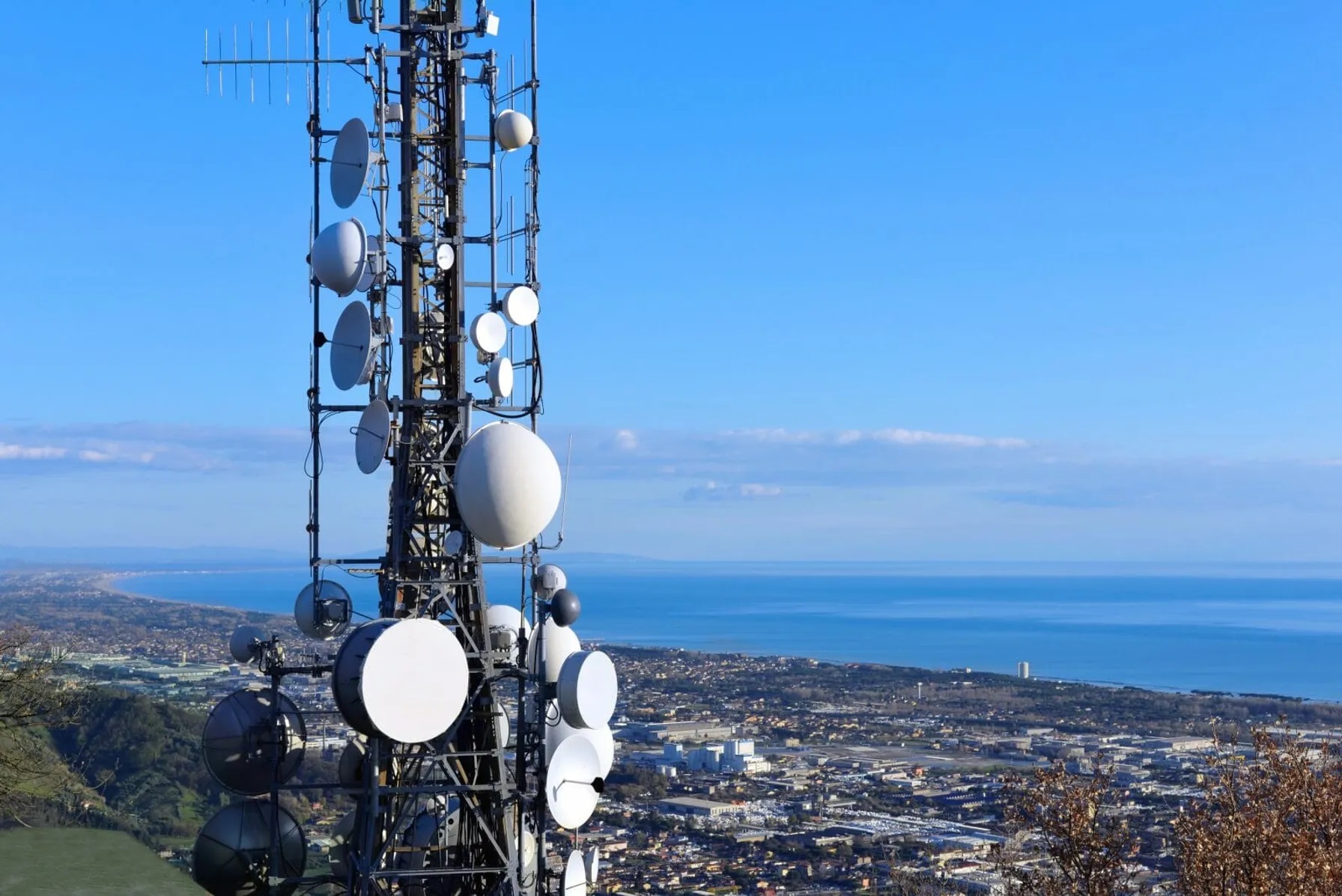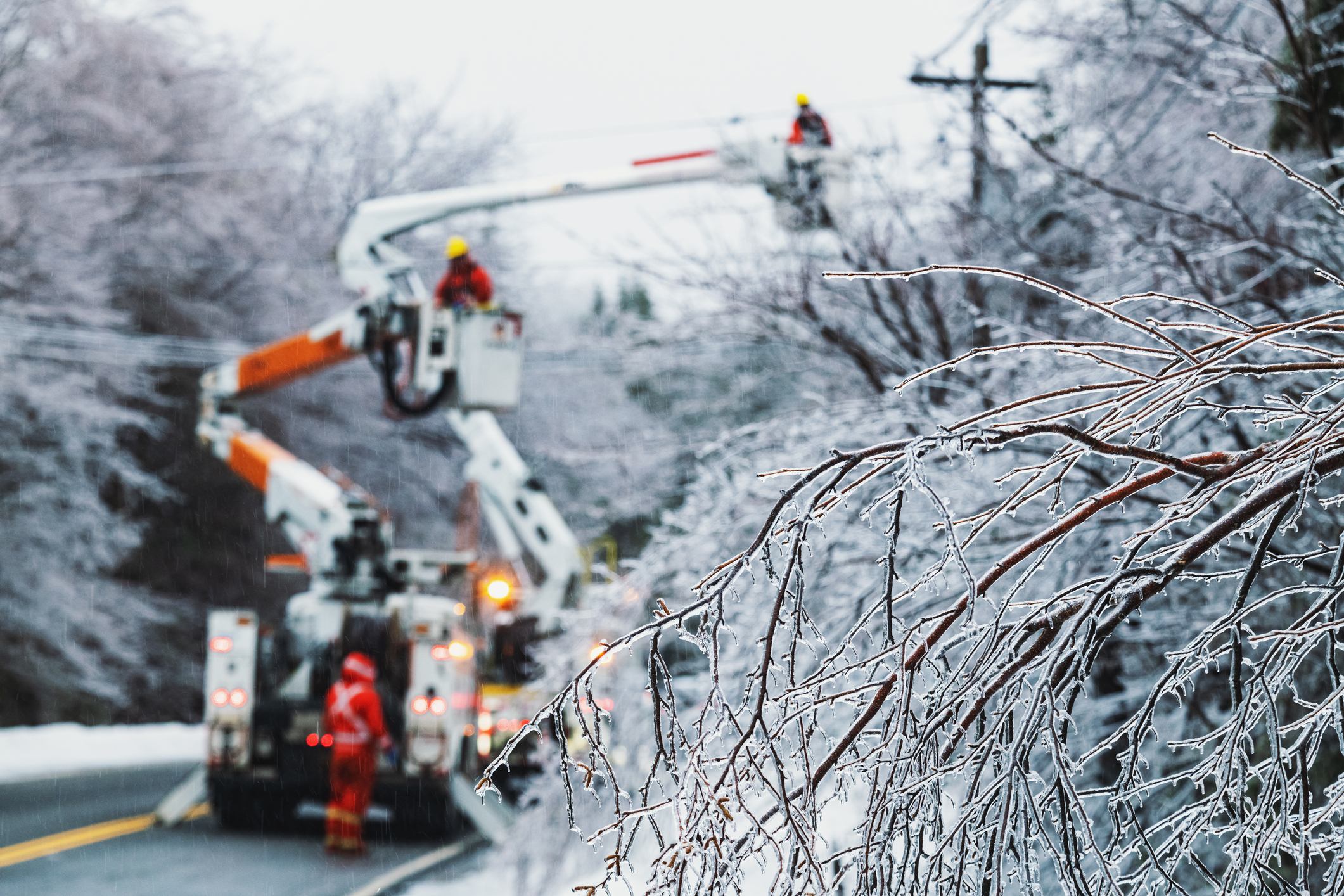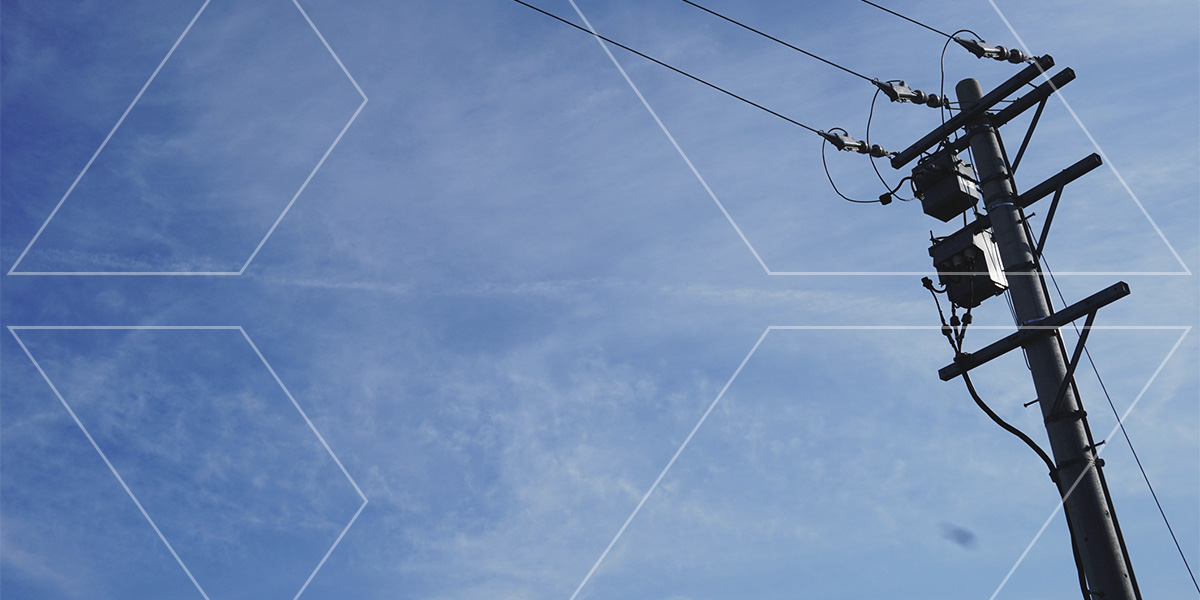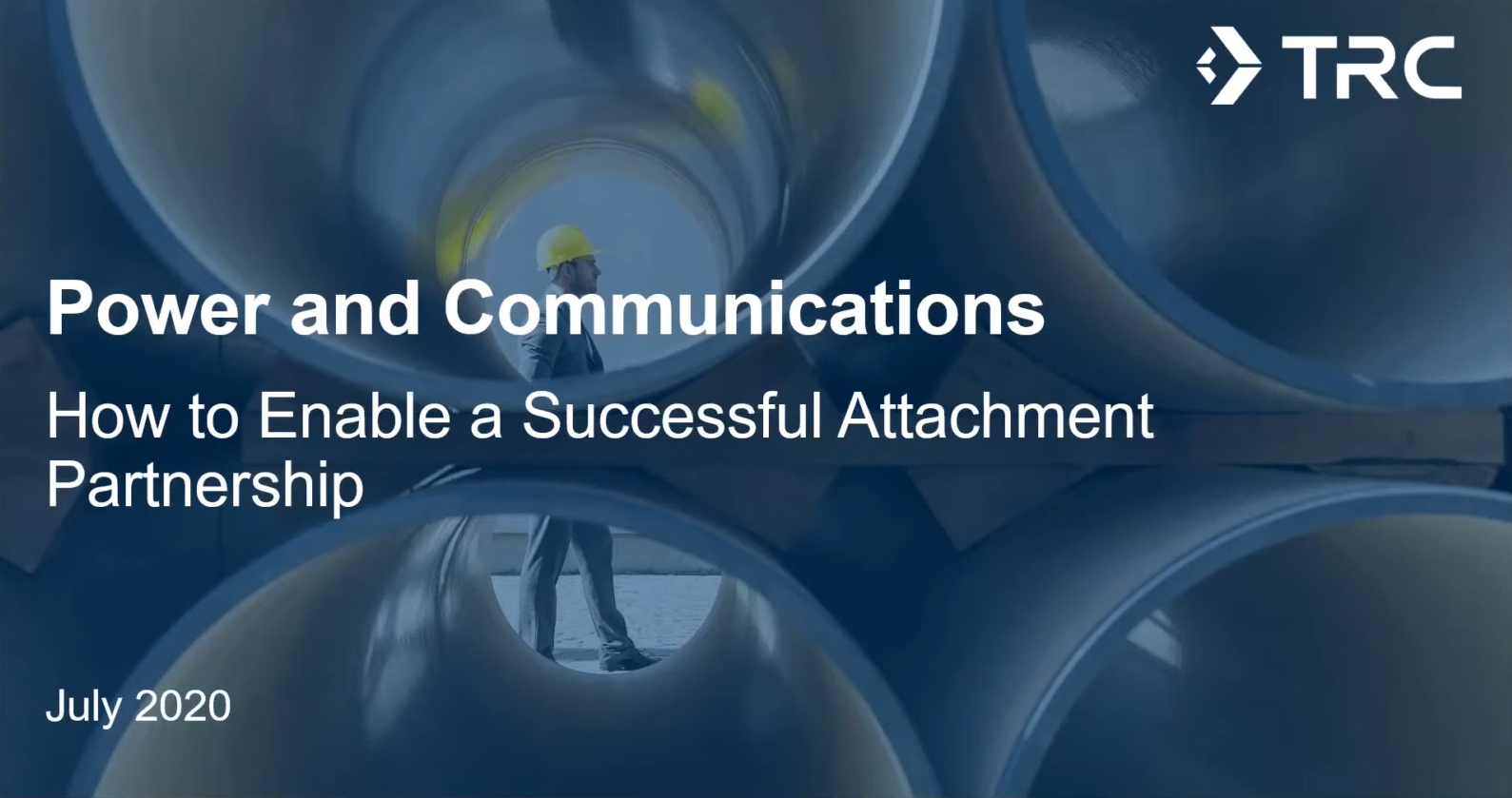The technologies and tools a utility needs depend on the aspects of joint management where they need assistance. The most common technology used is a joint use management system. It stores data related to shared poles to maintain better compliance. The platform also helps manage double-pole challenges and communicate about transfers.
Helping You Maximize the Value of Your Assets
Complete solutions to minimize at-pole risks, reduce costs and increase revenue.
The modern power utility continues to see a shift and disruption across operating sectors as ongoing grid modernization efforts collide with telecommunications advancements and exponentially rising demand. These factors are causing a significant increase in the volume of third-party pole attachment applications.
For pole owners, whether during low volume or high volume, the rules and penalties for failing to comply with mandated timelines and safety and reliability metrics do not change. The challenge in meeting this increased volume is understanding all the rules and following and implementing them simultaneously. Outdated attachment agreements, rapidly changing local, state and Federal Communications Commission (FCC) requirements, unprecedented growth, safety rules and best practices, budgets and customer reliability all must be managed to prevent loss of life, ensure system integrity and increase revenue.
Running an effective joint use management program is complex and requires a carefully orchestrated approach. TRC has extensive knowledge of the nuances within this type of program and has created processes, software tools and a systematic management method to help clients minimize at pole risks, reduce costs and increase revenue. Our knowledge and experience in the power and communications industries spans over 25 years.
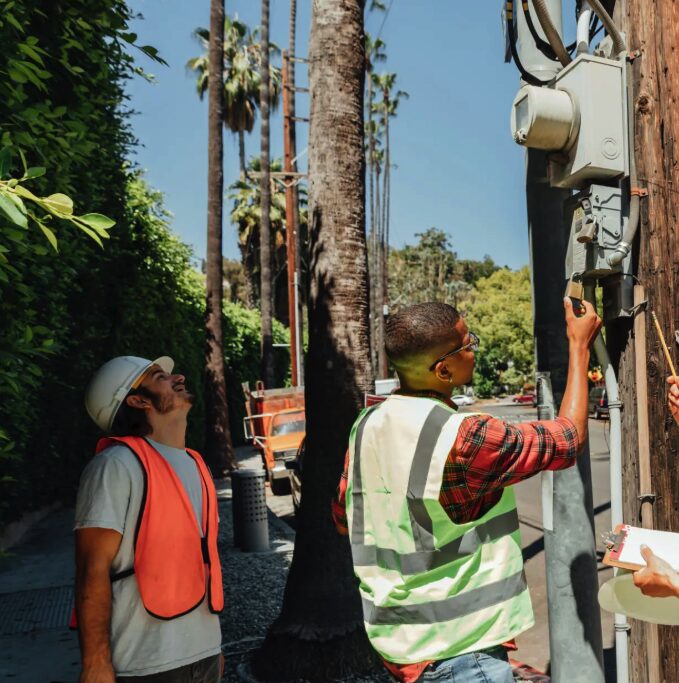
Manage Shared Resources More Effectively With TRC
TRC helps clients minimize joint use pole risks, reduce costs and increase revenue. With knowledge and experience in both the power and communications industries that spans more than 25 years we provide benefits including:
- Savings: Effective implementation of shared infrastructure means less maintenance, labor and material costs.
- Asset optimization: Instead of installing new infrastructure, maximize existing assets through effective management.
- Safety:Collaboration among pole owners and users improves the inspection, maintenance and upgrades of shared infrastructure, ensuring a safer and more reliable network for all stakeholders..
- Reliability: Shared infrastructure enables faster service deployment andepairs, which improves reliability for utility customers.
Our engineers bring unmatched technical expertise and knowledge of relevant local and national regulations ensuring compliance with NESC and FCC timelines, guidelines and codes.
We also leverage cutting edge technologies including purpose built joint use software applications to better manage projects of any scope and complexity.
Frequently Asked Questions
Find quick answers to common questions we receive from utilities about joint use management.
Joint use brings challenges such as pole overloading, where a pole bears more attachments than it should. Maintaining safety when sharing poles includes:
- Thorough planning
- Knowledge of industry standards
- Clear communication
- Proper maintenance
- Regular inspections
TRC increases safety and reliability through joint use management services.
Downloadable PDFs


